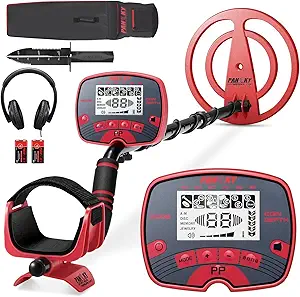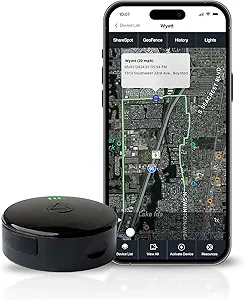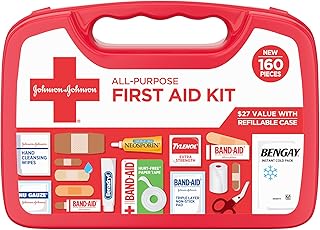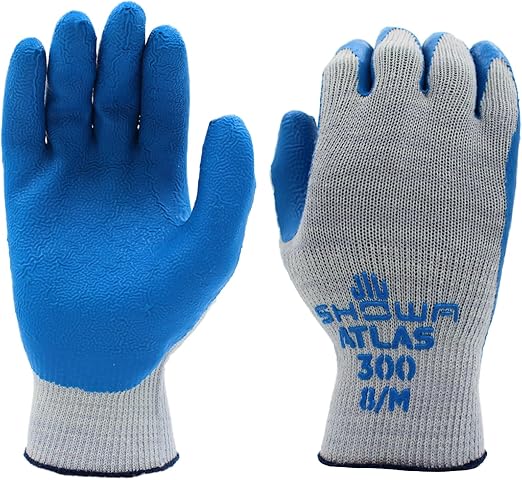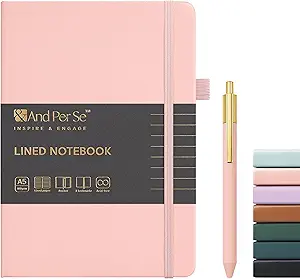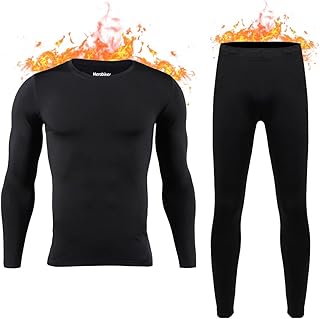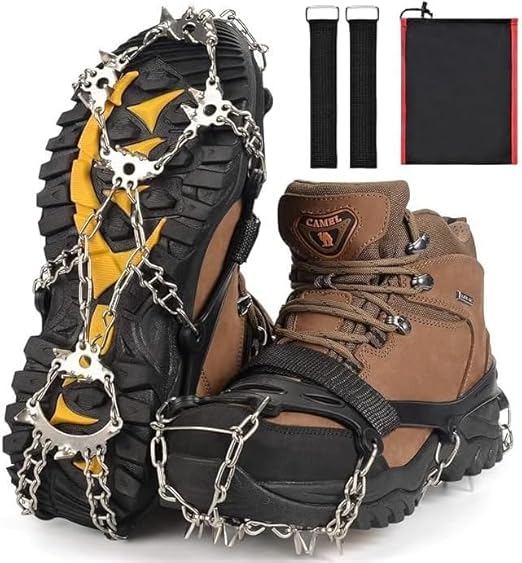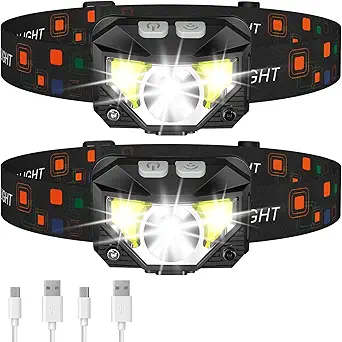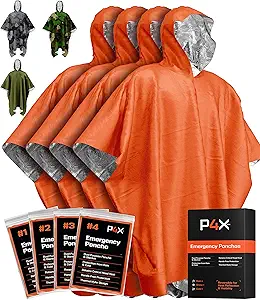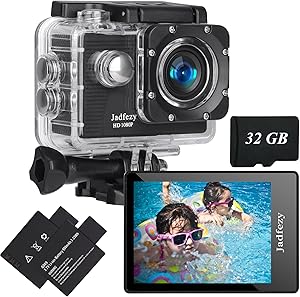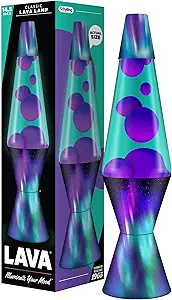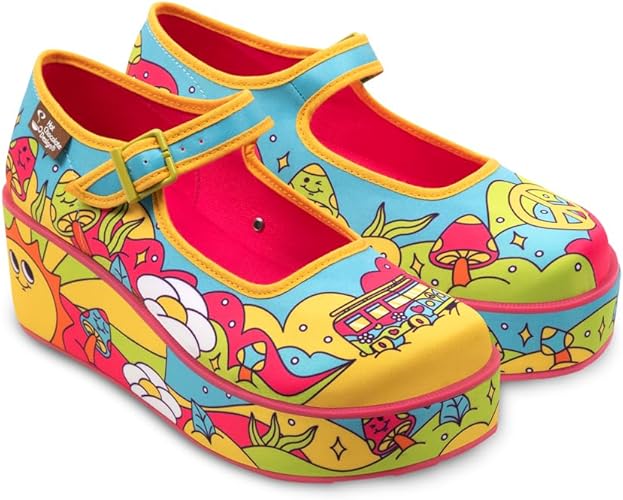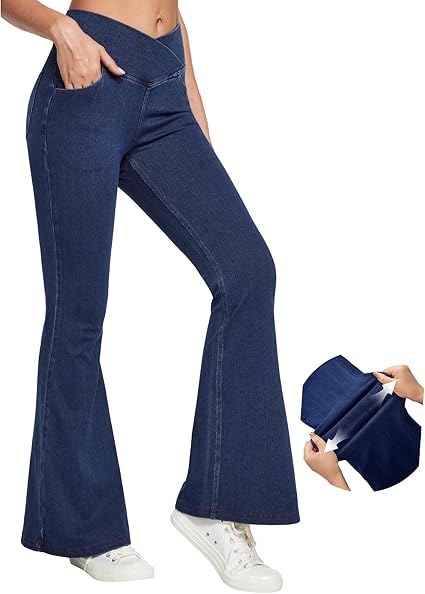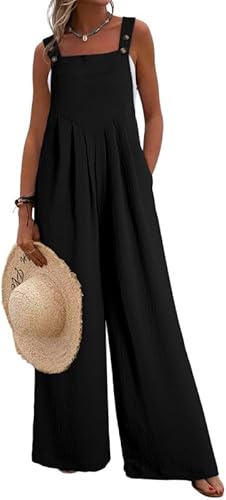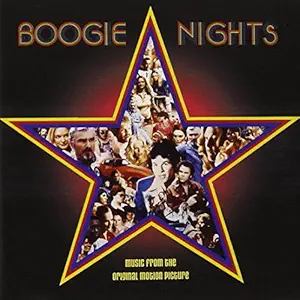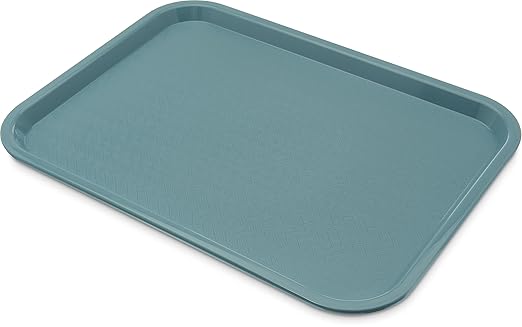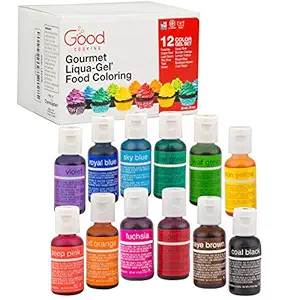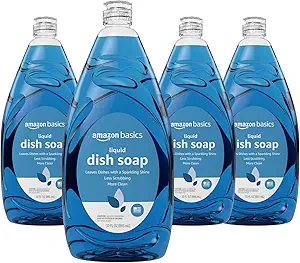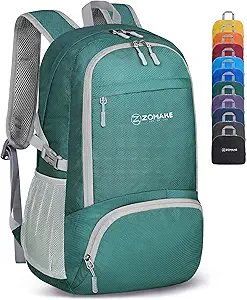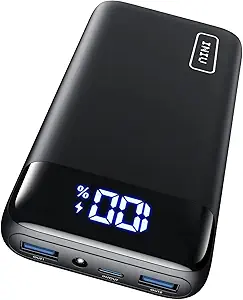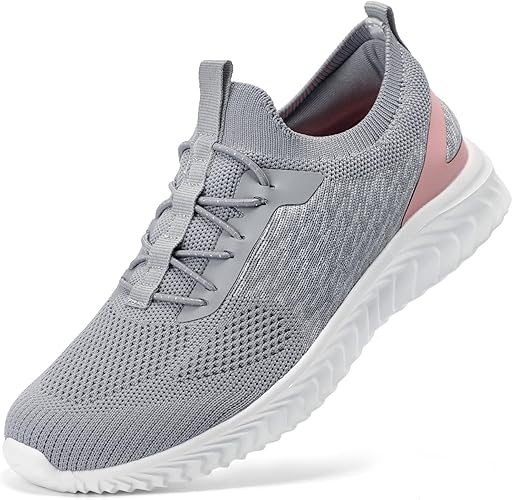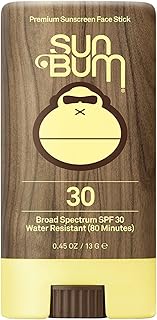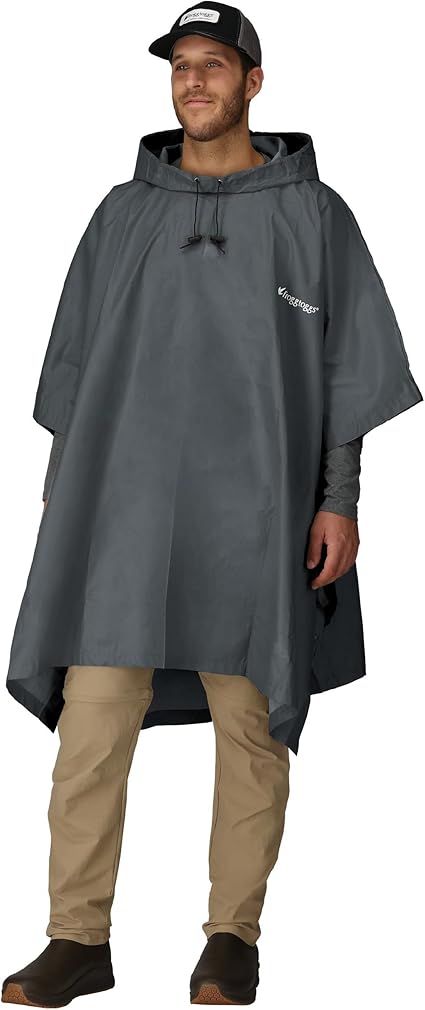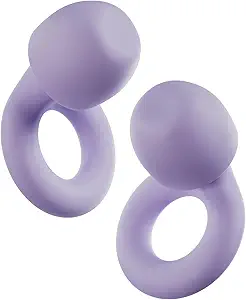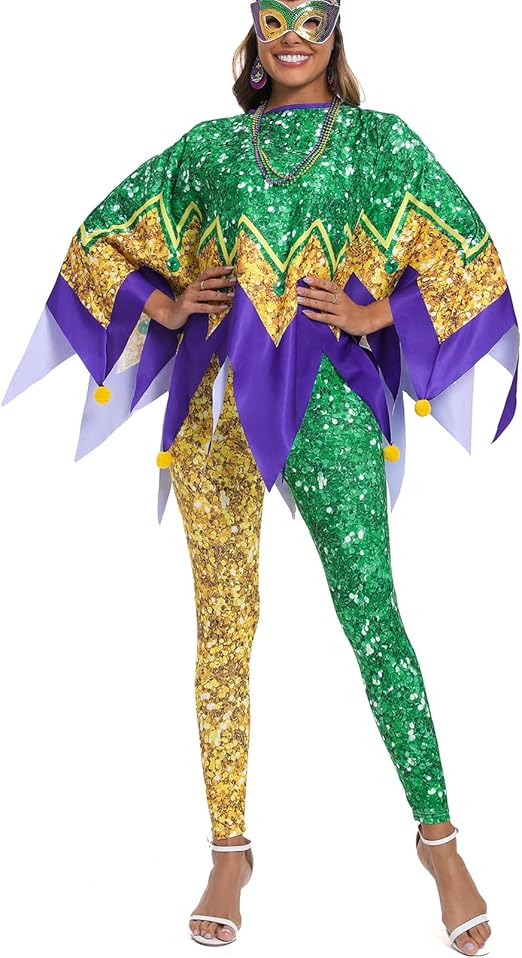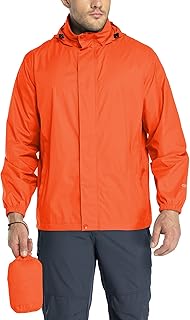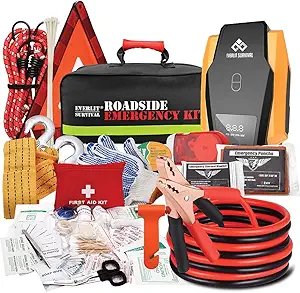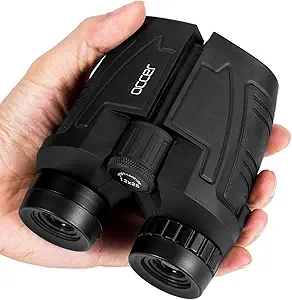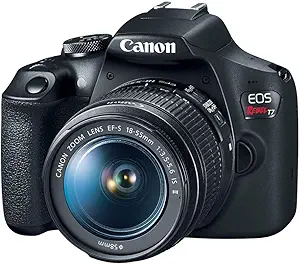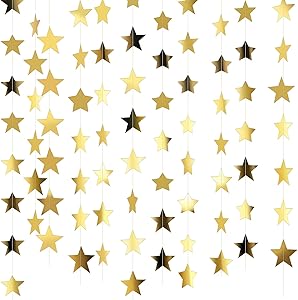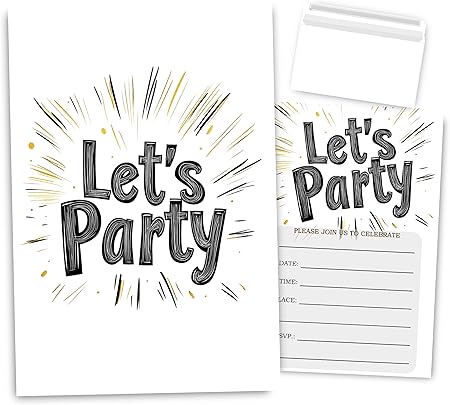Things to Remember When Fishing: Your Complete Guide to a Successful Day on the Water
Fishing is one of the most rewarding outdoor activities—it offers peace, a connection with nature, and sometimes, a thrilling challenge. Whether you're a seasoned angler or a beginner testing the waters for the first time, the right gear and preparation make all the difference. From baiting your hook to reeling in your prize, this comprehensive guide will walk you through the essential things to remember when fishing, so your trip is safe, enjoyable, and fruitful.
Below, we’ll break down the top items every angler should bring on a fishing trip. Consider this your go-to checklist before heading out.
1. Fishing Rod: Your Main Tool of the Trade
#fishingrod #fishing #gear #sports
A sturdy, well-balanced fishing rod is arguably the most important item in your kit. The rod acts as an extension of your arm, enabling you to cast your line with precision and fight off your catch effectively.
What to Remember:
-
Choose a rod appropriate for your fishing location (freshwater, saltwater, or fly fishing).
-
Match the rod length and power to the type of fish you’re targeting.
-
Keep your rod clean and store it properly to prevent warping or cracking.
Pro Tip: Beginners should start with a medium-action spinning rod. It offers versatility for many fish species and is easier to handle.
2. Fishing Reel: Precision and Power
#fishingreel #casting #retrieving #gear
Paired with your rod, the fishing reel helps you cast your line out and retrieve it smoothly. The right reel can make the difference between catching fish or watching them slip away.
What to Remember:
-
Choose a spinning reel or baitcasting reel depending on your skill level.
-
Ensure your reel is spooled with the correct fishing line weight.
-
Regularly lubricate the reel for smooth operation.
Pro Tip: When fishing in saltwater, always rinse your reel with freshwater afterward to avoid corrosion.
3. Bait: Lure Them In Naturally
#bait #fishing #lures
Your bait mimics the natural food of the fish and is vital in attracting bites. It can be live (worms, minnows) or artificial (plastic worms, grubs).
What to Remember:
-
Use live bait like nightcrawlers for freshwater fishing.
-
Choose bait that matches the fish species and water conditions.
-
Store live bait in a proper container with ventilation and cool temperature.
Pro Tip: Learn local fishing regulations—some areas restrict the type of live bait allowed.
4. Tackle Box: Keep It All Organized
#tacklebox #fishinggear #organization
A well-stocked tackle box is the Swiss Army knife of fishing. It holds your hooks, sinkers, bobbers, swivels, lures, and more—all in one convenient container.
What to Remember:
-
Organize items by type or size for easy access.
-
Keep a small first-aid kit and pliers in the box.
-
Restock after each trip so you’re never caught without something essential.
Pro Tip: Waterproof tackle boxes are a smart investment for boat or kayak anglers.
5. Fishing Line: The Lifeline Between You and the Fish
#fishingline #fishing #gear
Your fishing line connects your reel to your bait and must be strong, durable, and appropriate for the fishing environment.
What to Remember:
-
Use monofilament for beginners—it's inexpensive and flexible.
-
Fluorocarbon lines are virtually invisible in water, perfect for clear water conditions.
-
Check for abrasions and knots often, and replace the line regularly.
Pro Tip: Store fishing lines away from sunlight and heat to prevent degradation.
6. Lures: Tricks of the Trade
#lures #fishinggear #bait
Lures imitate the appearance and movement of prey to entice fish. They're reusable, come in many shapes and colors, and are essential for different fishing scenarios.
What to Remember:
-
Match lure size and color to the water clarity and fish species.
-
Keep a variety on hand: crankbaits, spinnerbaits, jigs, and soft plastics.
-
Switch lures if you’re not getting bites—sometimes fish just aren’t interested in one type.
Pro Tip: Learn how to retrieve lures properly; different techniques can dramatically impact effectiveness.
7. Fishing Net: Secure the Catch
#fishingnet #landing #fish
Once you’ve hooked a fish, you need a reliable way to land it. A fishing net prevents last-minute escapes and protects both you and the fish.
What to Remember:
-
Choose a rubber-mesh net for less damage to the fish’s scales and fins.
-
For catch-and-release, use a deep, knotless net to minimize injury.
-
Clean your net after each trip to prevent the spread of aquatic diseases.
Pro Tip: Keep your net easily accessible—you don’t want to fumble during a crucial moment.
8. Sunscreen: Skin Protection is Key
#sunscreen #UVprotection #skincare
Fishing means spending long hours under the sun, and UV rays can be relentless. Sunscreen is as essential as any rod or lure.
What to Remember:
-
Use broad-spectrum sunscreen with SPF 50 or higher.
-
Reapply every two hours, especially if you're sweating or handling water.
-
Don’t forget spots like your ears, neck, and hands.
Pro Tip: Lip balm with SPF is also crucial for preventing sunburned lips.
9. Hat: Your Portable Shade
#hat #sunprotection #fishinggear
A hat not only protects your face and neck from the sun but also helps with glare reduction and keeps you cool.
What to Remember:
-
Wide-brimmed hats offer the best coverage.
-
Choose breathable materials like cotton or lightweight polyester.
-
Hats with chin straps help prevent loss in windy conditions.
Pro Tip: Hats with built-in UV protection are an excellent upgrade.
10. Cooler: Freshness On-the-Go
#cooler #storage #fishingtrip
A cooler keeps your drinks cold, bait fresh, and fish preserved. It’s especially important on hot days or longer outings.
What to Remember:
-
Use a separate cooler for drinks/snacks and fish/bait.
-
Pre-chill the cooler with ice packs before heading out.
-
Bring resealable bags for storing fish or perishables.
Pro Tip: Consider a soft-sided cooler for portability, especially on shore-fishing days.
Additional Tips for a Successful Fishing Trip:
Know the Local Regulations
Research license requirements, bag limits, and restricted areas. Fishing without a license or violating rules can result in hefty fines.
Check the Weather Forecast
Safety first—avoid fishing during lightning storms or high wind conditions. Ideal fishing conditions often include overcast skies or early morning calm.
Bring a First-Aid Kit
Minor cuts from hooks or line can happen. Pack band-aids, antiseptic wipes, and tweezers.
Pack Extra Clothes
Especially important for boat fishing or wading. Wet clothes can ruin a trip quickly.
Stay Hydrated and Nourished
Bring enough water and energy-packed snacks. Dehydration is common during summer fishing trips.
Conclusion: The Perfect Fishing Checklist
Fishing is more than just a hobby—it’s a full experience of patience, strategy, and nature appreciation. With the right gear and preparation, it becomes deeply enjoyable and often unforgettable. Whether you're casting from a pier, a boat, or the riverbank, being well-equipped sets you up for success.
Let this list of fishing essentials be your go-to guide before your next trip. From your trusted fishing rod and reel to sun safety must-haves like sunscreen and a hat, every item on this checklist plays a vital role in ensuring your comfort and success.
Tags
#fishingrod #fishing #gear #sports #outdoors #fishingreel #casting #retrieving #bait #lures #tacklebox #fishinggear #organization #fishingline #fishingnet #landing #fish #sunscreen #UVprotection #skincare #hat #sunprotection #cooler #storage
